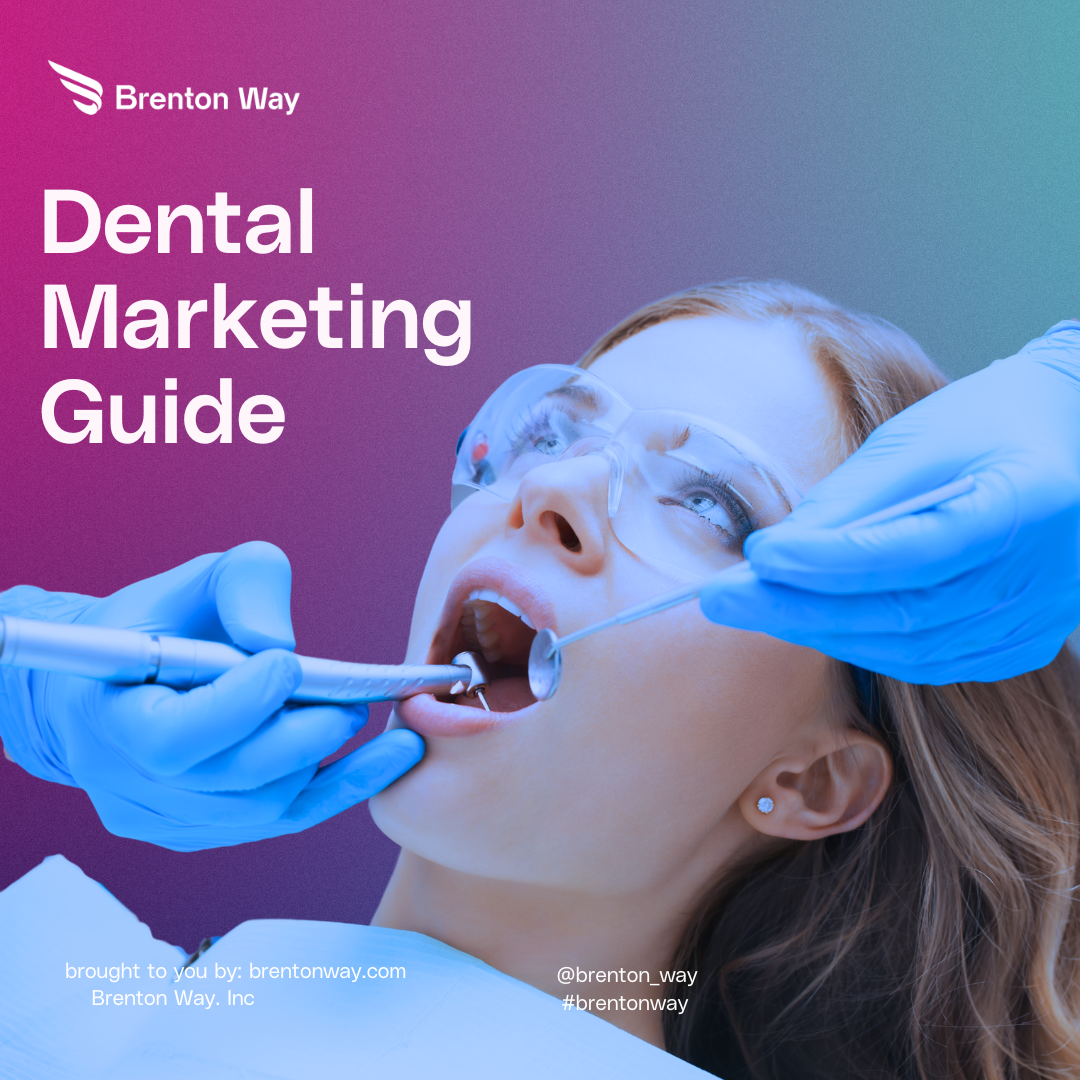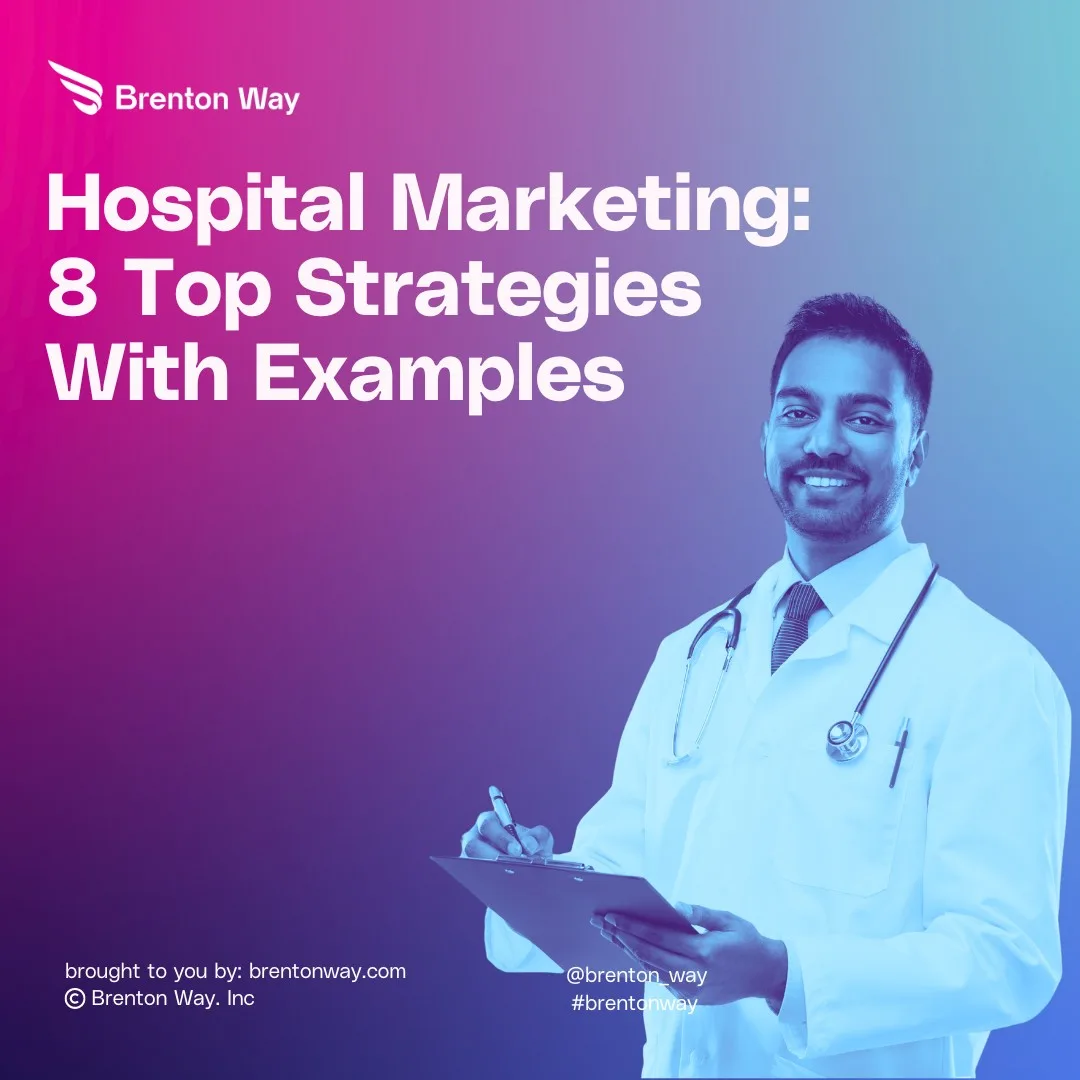
In today’s crowded and competitive marketplace, simply attracting leads and making one-off sales is no longer enough. To truly thrive, businesses must adopt a holistic, customer-centric approach that nurtures prospects through every stage of the buyer’s journey. This is where lifecycle marketing comes into play, offering a strategic framework to engage customers at each phase, […]
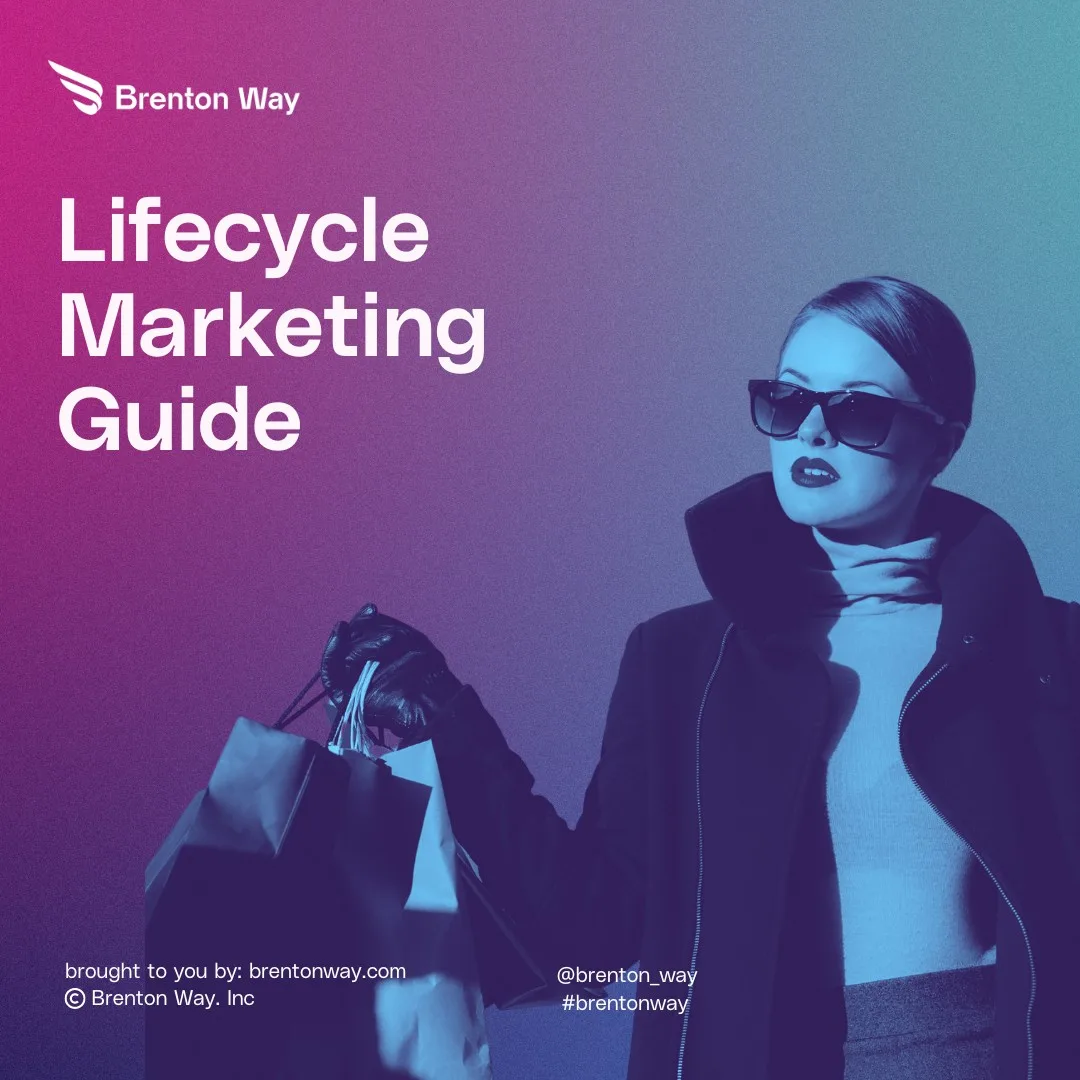
In today’s crowded and competitive marketplace, simply attracting leads and making one-off sales is no longer enough.
To truly thrive, businesses must adopt a holistic, customer-centric approach that nurtures prospects through every stage of the buyer’s journey.
This is where lifecycle marketing comes into play, offering a strategic framework to engage customers at each phase, from awareness to advocacy, and maximize customer lifetime value.
As we move into 2024, lifecycle marketing will become more and more important for companies wanting to survive.
Lifecycle marketing is a strategic approach that views customer relationships as ongoing cycles rather than isolated transactions. It is the same as nurturing a relationship.
Customer lifecycle advertising involves understanding and addressing the various stages a customer progresses through while interacting with a brand.
This method aims to tailor marketing efforts to meet the exact buyer needs of customers at each stage of their journey, ultimately fostering long-term relationships and maximizing customer value.
Also See: Marketing Psychology in Hospitality
Lifecycle marketing is important nowadays for the following main reasons:
Lifecycle marketing provides a strategic, customer-centric framework for attracting, converting, retaining, and turning customers into brand advocates.
Also See: How To Create A Healthcare Marketing Plan
When it comes to how businesses interact with their customers, there are two main types: B2B (Business-to-Business) and B2C (Business-to-Consumer).
In B2B, one business tries to engage with another business.
They go through a cycle of stages. It starts with making the first connection, then getting to know each other better, doing business together, and then, becoming long-term partners.
On the other hand, B2C is how businesses interact with individual consumers. Consumers go through different stages with their favorite brand.
First, you become aware of the products or services, then you consider whether to buy them, you make the purchase, and if you’re happy, you might become a loyal customer who keeps coming back for more.
So, whether it’s businesses trying to befriend other businesses or companies building relationships with individual consumers, both B2B and B2C interactions follow similar lifecycle stages, just with different players involved.
Also See: Complete Guide to Google Ads Remarketing
This thorough manual will examine the essential components of an effective lifecycle marketing strategy and provide actionable insights to help you connect with buyers more effectively;
Think of your customer relationships as an ongoing cycle rather than a one-and-done transaction.
The customer lifecycle is a continuous cycle encompassing all the stages a customer goes through while interacting with your brand.
These stages typically include:

It starts with initial awareness-building marketing touchpoints that put your brand on someone’s radar for the first time.
The prospective customer encountered one of your social media ads or discovered your website while actively seeking solutions to address their specific needs or challenges.
From there, you have to nurture them through the consideration stage with more educational, consultative content that helps them clearly understand the options and ideally positions your offering as the best fit.
Assuming you can guide them through to an actual purchase and convert them into a customer, the cycle is really just beginning.
That’s when the retention phase kicks in, keeping them engaged with your brand through magnificent customer experiences, loyalty perks, upsell opportunities, and helpful resources.
Finally, turn them into raving brand evangelists who proudly promote your products or services to their own networks without being asked.
These are the perfect advocacy customers who will send you tons of referrals and user-generated buzz.
It’s this continuous lifecycle loop that savvy marketers need to lean into and optimize every step of the way. Winning that first sale is just the starting line, the real income is made by dragging your customers into an amazing long-term relationship with your company.
Understanding these stages lets you personalize your marketing efforts to meet customers’ needs and expectations at each phase.
Also See: Best Healthcare Marketing Companies in New York
Before you can crush the lifecycle marketing, you must do your homework and map out the buyer’s journey for your specific audience.
Get intentional about understanding every step and desire, and hang up your particular customers’ experience on their way from initial brand awareness to becoming fanatical advocates.
It would be best to study everything from your customer data to purchase patterns, survey feedback, product usage analytics, and more.
Figure out what common pain points and motivations drive customers to seek out your solution category.
What are the typical research loops and criteria they use to weigh their options? Where are the sticking points and objections holding them back from pulling the trigger?
More importantly, you need to pinpoint all the different channels and types of content they consume during each phase.
Are they spending time on Reddit or Facebook groups soaking up educational blog posts in the awareness stage?
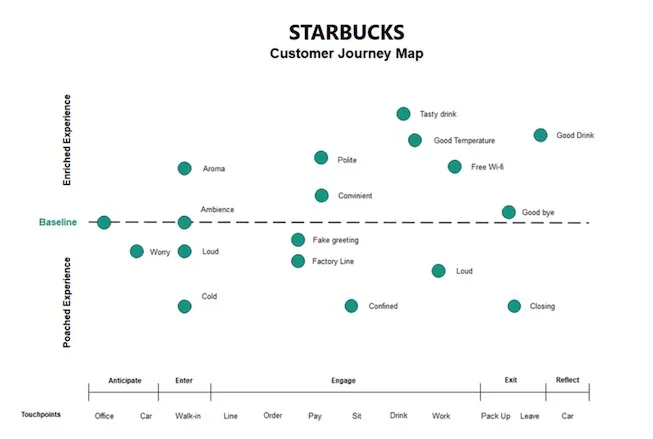
When they hit the consideration phase, they might be watching tons of product review videos and exploring comparison guides.
Poring over that level of granular buyer insight will allow you to focus on the right messages and delivery channels to guide them successfully along their journey.
The more intimately you can empathize with the cognitive process and touchpoints your buyers experience from start to finish, the better you can optimize your lifecycle marketing activities to have maximum impact.
It’s all about developing that deep understanding so you can smash them with exactly what they need when they need it most.
Also See: 124 New Inbound Marketing Stats For 2024
Content is the fuel that will power your entire lifecycle marketing engine.
You need a comprehensive content strategy dialed in to serve exactly what your buyers need at each distinct stage.
In those early awareness phases, you will want a steady stream of educational, top-of-funnel content hitting them from all angles.
Thought-leadership blog posts and videos introducing your brand’s unique value proposition.
Surface-level problem-centric content designed to get on their radar and position you as a credible expert on their pain points.
Strategic social media posts and paid awareness campaigns to amplify that reach.
Once they are familiar with your brand, provide them with detailed educational guides, case studies, and product comparisons to help them evaluate their options as they enter the consideration cycle.
Provide them with all the tangible proof and real-world social proof they need to start seeing you as the clear frontrunner solution.
That consultative content nursed them through to a conversion event like a product demo request or a free trial signup.
At that point, your sales-activated content, like ROI calculators and benefit-driven product videos, can gently guide them to becoming a customer.
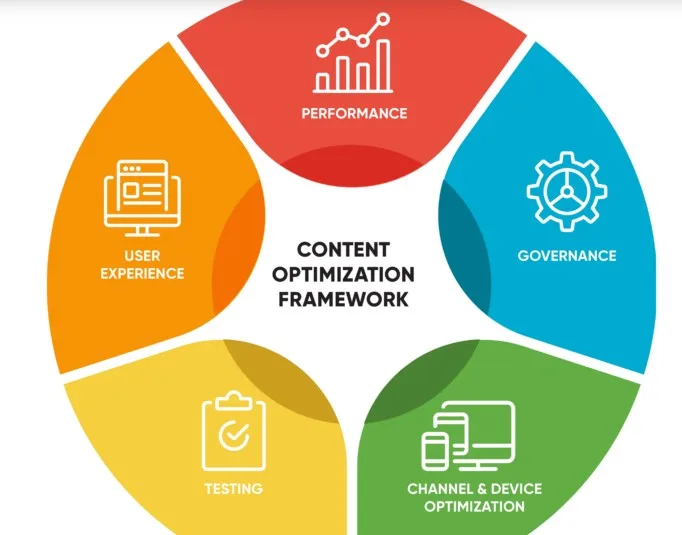
The content doesn’t stop there. You will need good onboarding resources, loyalty program details, and personalized upsell paths to keep them engaged and extract maximum lifetime value.
You will also need to cultivate user-generated content, run referral campaigns, and deliver VIP-level insider exclusives to turn them into solar-powered advocates.
Analyze and optimize the entire content engine’s flow based on what’s moving the needle. A well-oiled content cycle is key to attracting buyers at every stage and opportunity.
Also See: Healthcare Marketing Ideas For Doctors
If you truly want your lifecycle marketing to resonate in 2024, you have to ditch the one-size-fits-all approach.
Those days of spraying generic, irrelevant messages out into the universe and hoping they stick are long gone. Personalization at scale is where it’s at now.
Get highly detailed by segmenting your audience based on real customer data and behavioral patterns. Read our guide to data-driven marketing to learn more.
Use your first-party insights into demographics, purchase histories, and content interactions to group your consumers into specific micro-segments.

Then, cater your messaging and channel strategies for each lifecycle stage to those segments’ needs and preferences.
With this, your email campaigns could automatically adjust the flows, subject lines, creativity, and calls to action based on whether someone is a fresh lead in awareness mode or an existing customer ripe for a loyalty upsell.
Your website could dynamically serve up different product recommendations and resources for prospective buyers visiting for the first time versus returning visitors who abandoned their cart.
Leverage marketing automation and customer data platforms to map out all the different nurture paths and remain hyper-contextualized to each individual’s latest actions and lifecycle stage. This STP marketing guide is a great resource to find more tactics for segmentation and targeting relevant customers.
That way, every interaction feels bespoke and valuable rather than spammy and irrelevant.
When you communicate directly about their specific challenges and mindset, people can’t help but pay attention.
In this crowded market, personalization is essential for cutting through the noise. Segment, target, and adapt are the new games for 2024 and beyond.
Also See: Digital Marketing Checklist For New Businesses
These days, customers aren’t just engaging with your brand on a single channel; they are seamlessly hopping across multiple digital and physical touchpoints as they move through their journey.
They might first discover you from an Instagram ad, then head to your website to browse product information before swinging by an actual retail location to experience your offering in person.
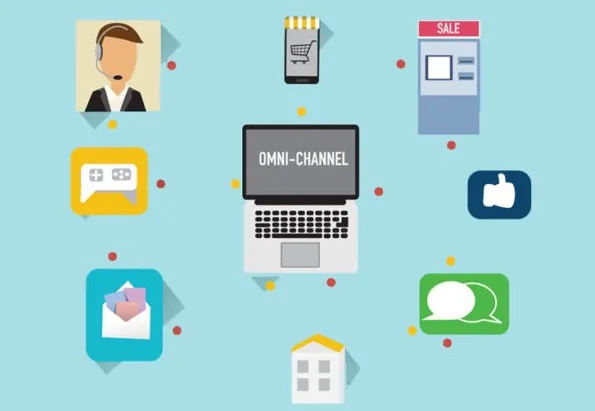
The savviest marketers recognize this omnichannel reality and ensure their brand’s messaging and customer experiences create a cohesive, consistent through-line no matter where the interaction occurs.
Core brand pillars, visuals, value props, and personality remain rock-solid whether someone’s getting served an email, firing up your mobile app, or reaching out on live chat.
It’s about designing a truly unified experience where the customer can pick up right where they left off and freely transition between channels without getting lost or confused.
The context and relevant content should always be up-to-date and aligned with where they currently are in their individual lifecycle stage.
By nailing this omnichannel orchestration and delivering a smooth, contextualized brand journey across every last digital and physical endpoint, you create stellar experiences that foster true customer satisfaction and loyalty.
Customers will keep coming back repeatedly because it feels right no matter how or where they connect with you.
Mastering your omnichannel marketing strategy isn’t just a want; it’s an absolute necessity for creating the seamless lifecycle experience that today’s customers expect from the brands they love.
Also See: Best Digital Marketing Agencies For Dentists
Constantly pursuing new customer acquisitions is an expensive, labor-intensive grind that will drain most businesses if that is all they focus on.
The smartest marketers understand that real money is made by fanatically cultivating and nurturing their existing customer base.
Roll out the red carpet with premier loyalty programs and VIP membership tiers loaded with tantalizing perks, discounts, and awesome experiences that make your best customers feel like royalty.
Surprise and delight them at every turn so they wouldn’t sway towards a competitor.
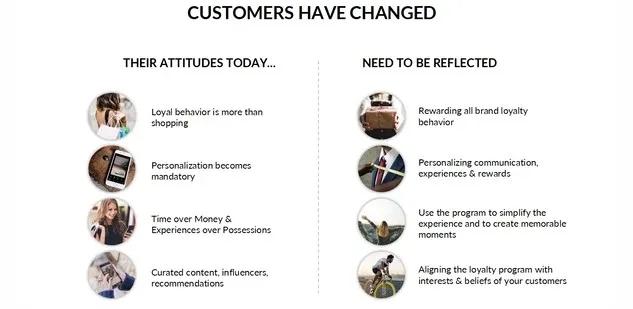
Implement referral incentive campaigns that motivate them to voluntarily spread the good word about your brand to their networks.
But you have to inspire and facilitate that organic advocacy to prevent it from happening, too.
Make it simple for people to leave glowing reviews and share their authentic experiences on social media.
Run user-generated content contests and challenges to collect that vibrant, customer-created fuel for your marketing channels.
Assemble an elite brigade of fans and influencers who you can activate for honest testimonies and co-creation.
When you earnestly invest in retaining and rewarding your buyers like this, you are maximizing their lifetime value potential and tapping into the most powerful marketing channel of all, the real human voices of your fanbases doing the selling for you.
That’s when you know your lifecycle efforts have graduated to true advocate marketing territory.
It’s an upfront investment, but prioritize nurturing your existing customer relationships this way, and the long-term payoff will minimize those high acquisition costs every single time.
Also See: The Ultimate Guide to Data-Driven Marketing
Slapping together a bunch of lifecycle campaigns and calling it a day isn’t going to work anymore.
To achieve maximum results, this is an ongoing process that requires constant optimizing, testing, and measurement.
You must stay laser-focused on regularly analyzing all the customer data and campaign performance metrics you have.
Dig into email metrics, content engagement rates, sales reports, support tickets, voice-of-customer feedback, and anything else that can help you pinpoint what’s working, what’s not, and what needs fine-tuning.
Then, get systematic about experimenting with new tactics and iterating based on those findings.
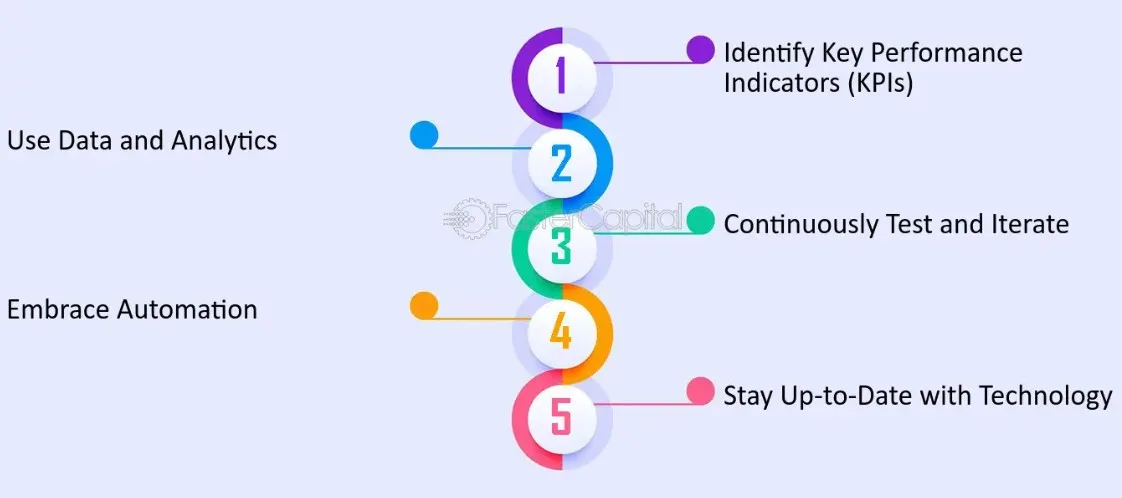
Your abandoned cart sequences could use a refreshed new flow, or perhaps there’s an untapped opportunity to deliver hyper-personalized web experiences for your most valuable customer segments.
Set clear hypotheses, rigorously test those optimization ideas, and let the results objectively guide your strategy.
To truly measure your impact, you’ll need rigorous attribution modeling that accurately tracks every customer touchpoint from initial awareness to purchase, retention, and advocacy.
That’s the only way to get a crystal-clear view of your ROI and quantify how your lifecycle marketing efforts are holistically affecting customer acquisition costs, lifetime value, and overall revenue growth.
The brands that commit to this continuous improvement cycle will stay ahead of the lifecycle marketing curve.
Always analyzing and optimizing is the mindset required to deliver consistently epic experiences that maximize value at every stage.
By adopting a comprehensive lifecycle marketing strategy in 2024, businesses can effectively connect with buyers at every stage of their journey, build lasting customer relationships, and drive sustainable growth.
Lifecycle marketing delivers sustainable growth in an increasingly competitive landscape.
This customer-centric approach will position businesses well to thrive in that competitive environment.


